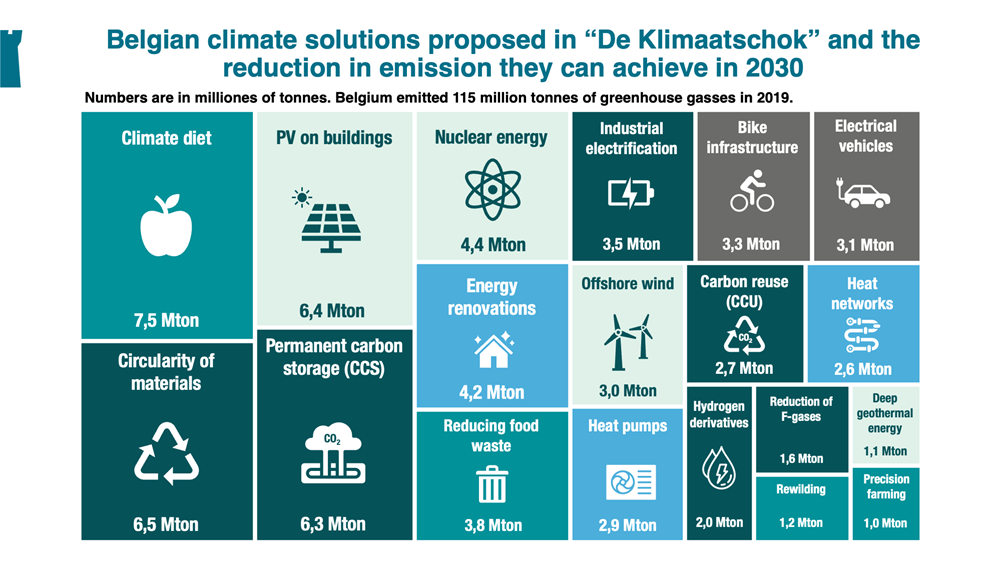Yanaika obtained an Msc in Bioscience engineering with a focus on Environmental Technology. She then deepened her knowledge on climate change through a second Msc in Carbon Management at the University of Edinburgh.
Turning climate emergencies into personal action
Although the Belgian summer has been especially, well, Belgian this year, climate change has been wreaking havoc in many parts of the world. Forest fires in Hawaii and Greece, floods in Italy, and extreme heat in many regions are being reported. The urgency and severity of climate change is unavoidable at this point. Yet, many people struggle with how to turn those heartbreaking events into climate action. What usually happens is that such news leads to an overwhelming sense of urgency and dread, which may make you turn to Instagram or Netflix to scroll the unease away. Turns out we’re psychologically wired this way; climate news can trigger psychological barriers because it feels like it threatens our survival, yet as individuals we often feel like we are powerless to change it. The brain then looks for a way to ease these conflicting feelings, for example by distracting yourself through Instagram. As I explained in my previous blog, one of the ways to avoid this reaction is by focusing on feasible climate solutions. While it’s hard to imagine having an impact as just one individual, we have more leverage than we imagine; personal transport and residential heating adds up to a quarter of Belgium’s national emissions, and we can have an effect on more than just our own carbon footprint ...
What can you do next?
When climate anxiety hits, what can help is taking a look at what you can do: which actions are you already taking? And what measures could you add? For example, maybe you already have significantly lowered the amount of beef and cheese you eat and a new measure that speaks to you is rewilding ( a part of your) garden. These measures may seem trivial but they’re not. The climate diet (cutting beef consumption to two times a month and cheese to two times a week) was the number one solution in de Klimaatschok for 2030, and in Flanders the area of gardens matches the areas of forests. So, if we create connected green spaces for wildlife and biodiversity in our gardens, that’s a significant boost for biodiversity and soil health.
Look first at solutions that fit your personal circumstances, like using your (e-)bike instead of the car more often, renovating your home or installing solar panels, working on reducing food waste, … The thing is, it’s not about implementing all of these solutions nor is it about implementing them perfectly. The climate diet does not require you to eliminate all meat, although if you want to that’s certainly great, nor is it necessary to never use the car again. Starting with one or a few solutions and executing them imperfectly can quickly add up and is far more realistic then expecting perfection.

Source: Solutions and their impact are calculated and described in the book de Klimaatschok by Geert Noels, Kristof Eggermont and myself. Note that in 2019 Belgium emitted 115 tonnes of greenhouse gasses.
Finding ways to leverage your impact
It’s also worth thinking outside the box: How can we amplify the actions we take? Perhaps you could encourage your neighbors to rewild their adjacent gardens, so that your neighborhood forms a connected stretch of nature where biodiversity can thrive and is not as isolated. Maybe there’s a way to use your job to cause ripple effects. As an architect, for example, designing climate friendly buildings means you can prevent 2500[1] tonnes of greenhouse emissions annually, while the average Belgian has a carbon footprint of about 10 tonnes! Even the entertainment business comes with opportunities, the band Coldplay kicked off an eco-friendly tour this summer, cutting their carbon emissions in half compared to their previous tour.
[1] Source: One Click LCA Academy
